Unlocking the Power of qEEG Brain Mapping and Neurostimulation: A Game-Changer for Mental Health Treatment
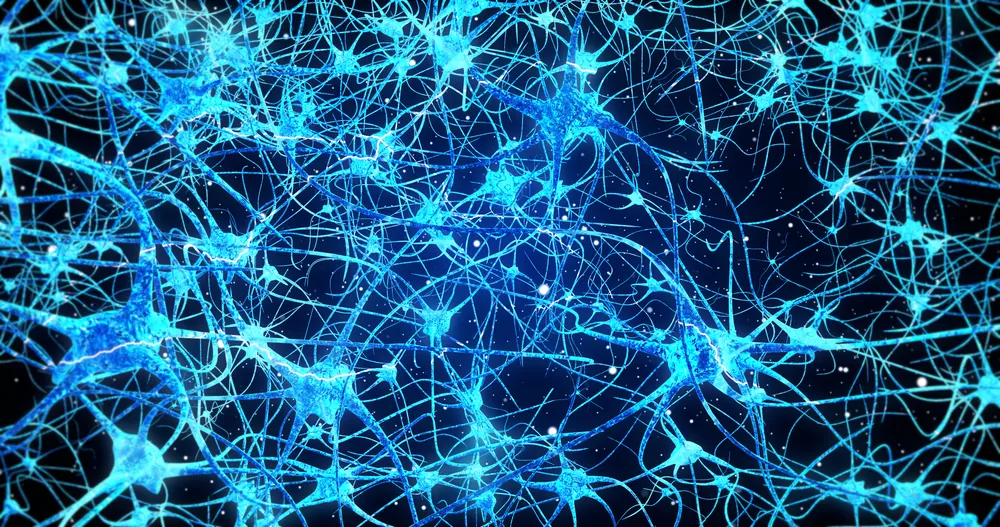
Mental health conditions such as ADHD, autism spectrum disorder (ASD), PTSD, anxiety, and depression can significantly impact an individual’s quality of life, relationships, and overall well-being. While traditional treatment approaches like therapy and medication can be effective, cutting-edge technologies such as qEEG brain mapping and neurostimulation are revolutionizing the field of mental health treatment, offering new hope for more targeted, personalized, and efficient care.
In a recent interview, Dr. Jay Michelan and Dr. Di Pizaro of Peak Neuroscience delved into the intricacies of qEEG brain mapping and neurostimulation, sharing valuable insights into how these innovative technologies are being used to treat a wide range of mental health and neurodevelopmental conditions. Let’s take a closer look at the key takeaways from their discussion and explore the potential of these cutting-edge treatment options.
Understanding qEEG Brain Mapping: A Window into the Brain’s Electrical Activity
Quantitative electroencephalography (qEEG) is a non-invasive diagnostic tool that measures and maps the brain’s electrical activity. By placing a specialized cap with multiple sensors on the scalp, clinicians can record and analyze brain wave patterns across different regions of the brain. This process generates a detailed “brain map” that provides valuable insights into an individual’s unique neurological functioning, allowing for comparisons to healthy norms within their age group.
qEEG brain mapping can identify areas of over- or under-activation, asymmetries between brain regions, and patterns associated with various cognitive, emotional, and behavioral challenges. By pinpointing specific areas of dysfunction, qEEG enables clinicians to develop targeted treatment plans that address the root causes of mental health issues, rather than merely treating symptoms.
Interpreting qEEG Brain Maps: Decoding the Language of the Brain
Interpreting qEEG brain maps is a complex process that requires extensive training and expertise. The brain map displays different brain wave frequencies, such as delta, theta, alpha, beta, and high beta, which correspond to various states of consciousness and cognitive functions. The colors on the map indicate whether the brain is utilizing these frequencies at optimal levels, with yellows, oranges, and reds signifying overactivity and blues representing underactivity.
In addition to analyzing overall power and relative power of brain wave frequencies, qEEG maps also provide information about the communication between different brain regions, known as connectivity. By examining parameters such as amplitude, asymmetry, coherence, and phase lag, clinicians can gain insights into the efficiency of neural networks and identify areas of dysfunction that may contribute to mental health issues.
Neurostimulation: Harnessing the Brain’s Plasticity for Targeted Treatment
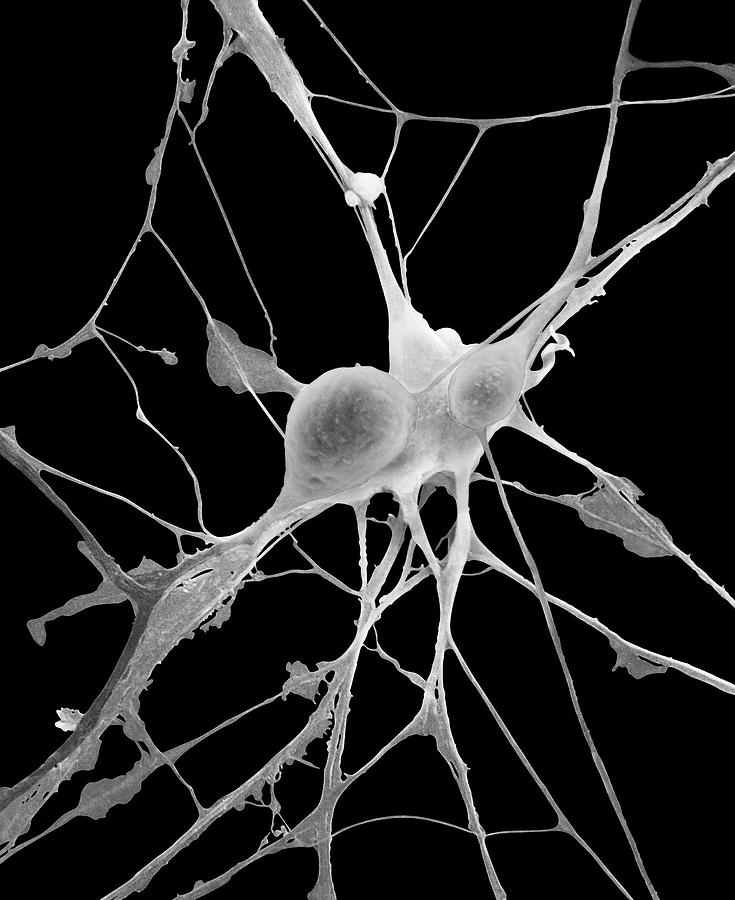
Neurostimulation is a groundbreaking treatment approach that leverages the brain’s natural plasticity to promote healing and optimize functioning. Guided by the insights gained from qEEG brain mapping, neurostimulation involves delivering gentle, precisely-calibrated electromagnetic frequencies to specific brain regions, encouraging healthier patterns of neural activity.
By mimicking the brain’s natural frequencies, neurostimulation can gently nudge underactive regions to become more engaged or help overactive areas settle into a more balanced state. This process facilitates the development of new, more efficient neural pathways and strengthens the brain’s ability to self-regulate, leading to improvements in cognitive function, emotional regulation, and overall mental well-being.
The Potential of Neurostimulation: Empowering the Brain to Heal Itself
One of the most remarkable aspects of neurostimulation is its ability to harness the brain’s innate capacity for change and growth. By providing targeted stimulation to specific brain regions, neurostimulation essentially “teaches” the brain to function more optimally, promoting neuroplasticity and facilitating the development of healthier neural networks.
As the brain learns to operate in a more balanced and efficient manner, individuals may experience a range of benefits, such as increased focus and attention, improved mood and emotional stability, reduced anxiety and stress, and enhanced overall cognitive performance. These positive changes can be long-lasting, as the brain continues to strengthen and reinforce the new, healthier patterns of activity long after the initial course of treatment.
qEEG-Guided Neurostimulation: A Personalized Approach to Mental Health Treatment
The combination of qEEG brain mapping and neurostimulation offers a powerful, personalized approach to mental health treatment. By using qEEG to identify an individual’s unique brain wave patterns and areas of dysfunction, clinicians can develop highly targeted neurostimulation protocols that address the specific needs of each patient.
This tailored approach stands in stark contrast to traditional, one-size-fits-all treatment methods, which often rely on trial and error or broad-spectrum interventions. With qEEG-guided neurostimulation, clinicians can pinpoint the precise areas of the brain that require support and deliver customized stimulation to promote optimal functioning.
Case Studies: Real-World Examples of qEEG and Neurostimulation in Action
To illustrate the potential of qEEG-guided neurostimulation, let’s explore a few real-world case studies:
ADHD: Enhancing Focus and Impulse Control
For individuals with ADHD, qEEG brain mapping often reveals patterns of underactivity in brain regions associated with attention, impulse control, and executive function. By targeting these specific areas with neurostimulation, clinicians can help improve focus, reduce hyperactivity, and enhance overall self-regulation.
In one case, a 12-year-old boy with ADHD underwent a course of qEEG-guided neurostimulation. After just 10 sessions, his parents and teachers reported significant improvements in his ability to stay on task, control impulsive behaviors, and manage his emotions. These positive changes translated into better academic performance and improved social relationships.
Autism Spectrum Disorder (ASD): Fostering Social Engagement and Communication
Children and adults with ASD often exhibit distinct patterns of brain activity that contribute to challenges with social communication, sensory processing, and repetitive behaviors. qEEG brain mapping can identify these unique patterns, allowing clinicians to develop neurostimulation protocols that target the specific areas of dysfunction.
In another case, a 5-year-old girl with ASD received qEEG-guided neurostimulation to address her social and communication difficulties. Over the course of treatment, her parents noticed significant improvements in her eye contact, verbal expression, and overall social engagement. She became more responsive to social cues and began initiating interactions with her peers, fostering a greater sense of connection and belonging.
PTSD and Trauma: Calming the Nervous System and Building Resilience
For individuals who have experienced trauma or struggle with PTSD, qEEG brain mapping can reveal the neurological impact of their experiences, such as overactivity in brain regions involved in threat detection and underactivity in areas related to emotional regulation. Neurostimulation can help calm the nervous system, facilitate the processing of traumatic memories, and promote the development of resilience.
One veteran who had been struggling with severe PTSD symptoms for years found relief through qEEG-guided neurostimulation. After a series of treatments, he reported significant reductions in his hypervigilance, intrusive thoughts, and nightmares. He felt more grounded and present in his daily life and was able to engage in therapy more effectively to continue processing his traumatic experiences.
The Future of Mental Health Treatment: Embracing Innovation and Transformation
As our understanding of the brain continues to expand, the field of mental health treatment is poised for significant transformation. qEEG brain mapping and neurostimulation represent a new frontier in personalized, targeted care, offering hope and healing to individuals struggling with a wide range of mental health and neurodevelopmental conditions.
While research into these cutting-edge technologies is ongoing, the potential applications are vast and promising. From peak performance optimization to healthy aging support, qEEG-guided neurostimulation has the power to unlock the brain’s innate potential for growth, adaptation, and resilience.
As access to these innovative treatment options expands, more individuals will have the opportunity to benefit from the life-changing effects of personalized, brain-based interventions. By embracing these technological advancements and integrating them into a comprehensive, holistic approach to mental health care, we can empower individuals to achieve lasting symptom relief, enhanced cognitive function, and improved overall quality of life.
If you or a loved one are struggling with a mental health condition, we encourage you to explore the possibilities of qEEG brain mapping and neurostimulation. At Taproot Therapy Collective, our team of experienced clinicians is dedicated to providing the most advanced, evidence-based treatments available. We believe in the power of personalized, compassionate care and are committed to helping our clients achieve their highest potential for mental health and well-being.
Don’t let mental health challenges hold you back any longer. Take the first step towards transformation and schedule a consultation with our team today. Together, we can harness the power of qEEG brain mapping and neurostimulation to unlock your brain’s innate potential and pave the way for a brighter, healthier future.



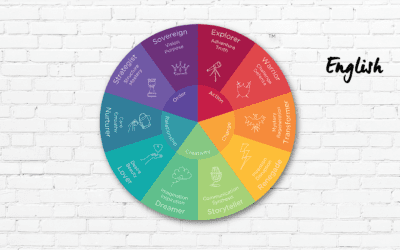












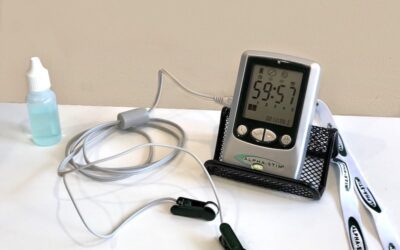


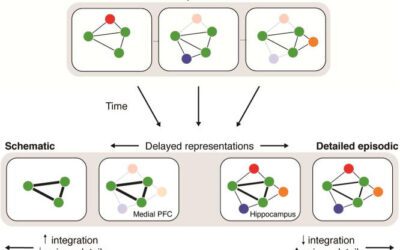

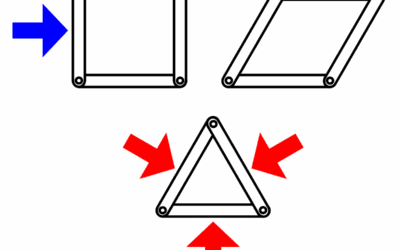


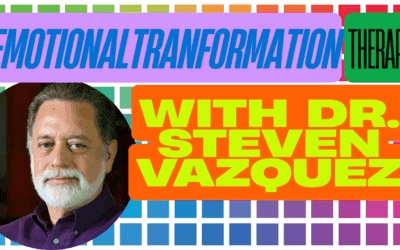
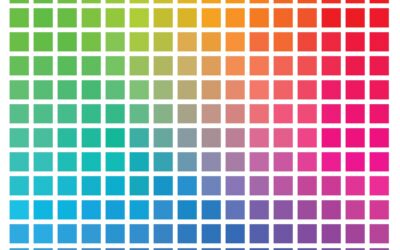
0 Comments